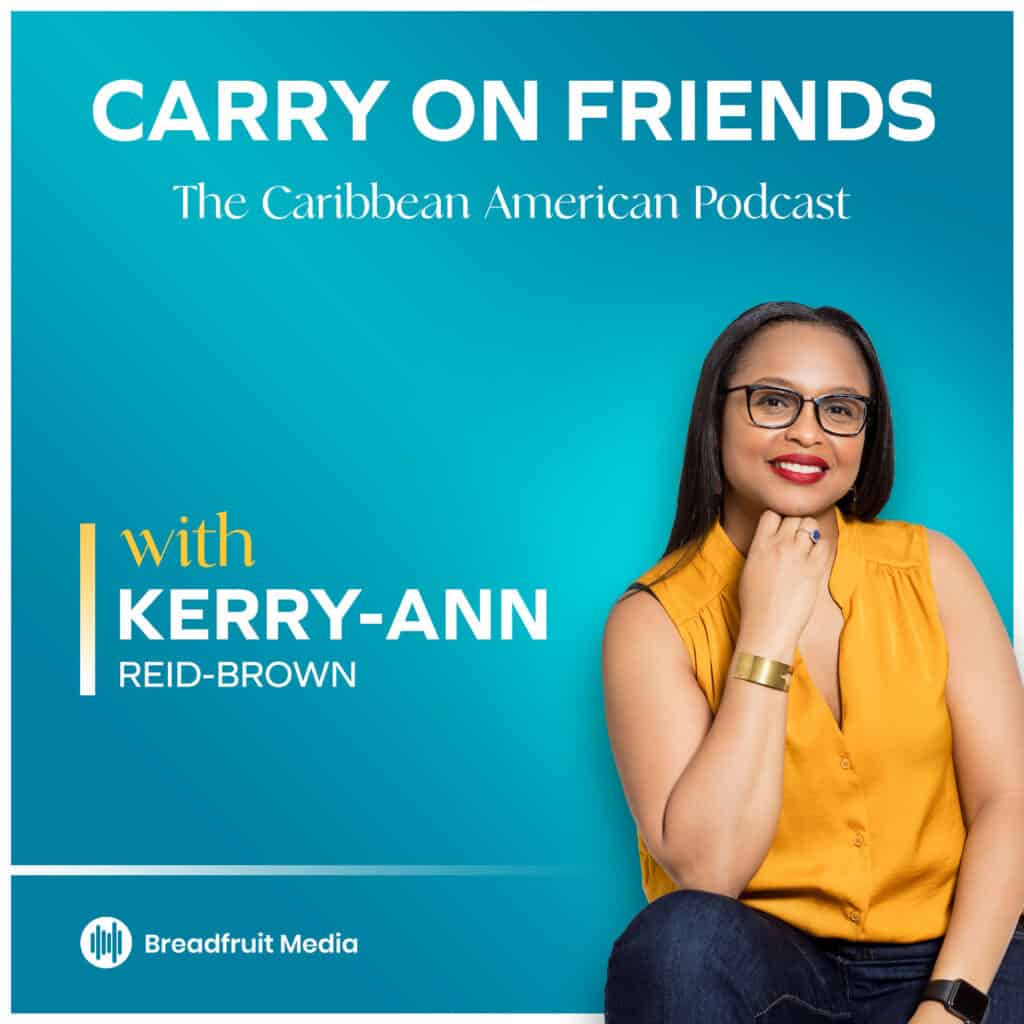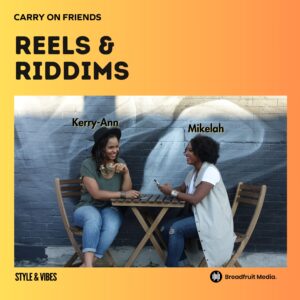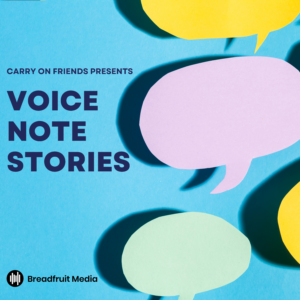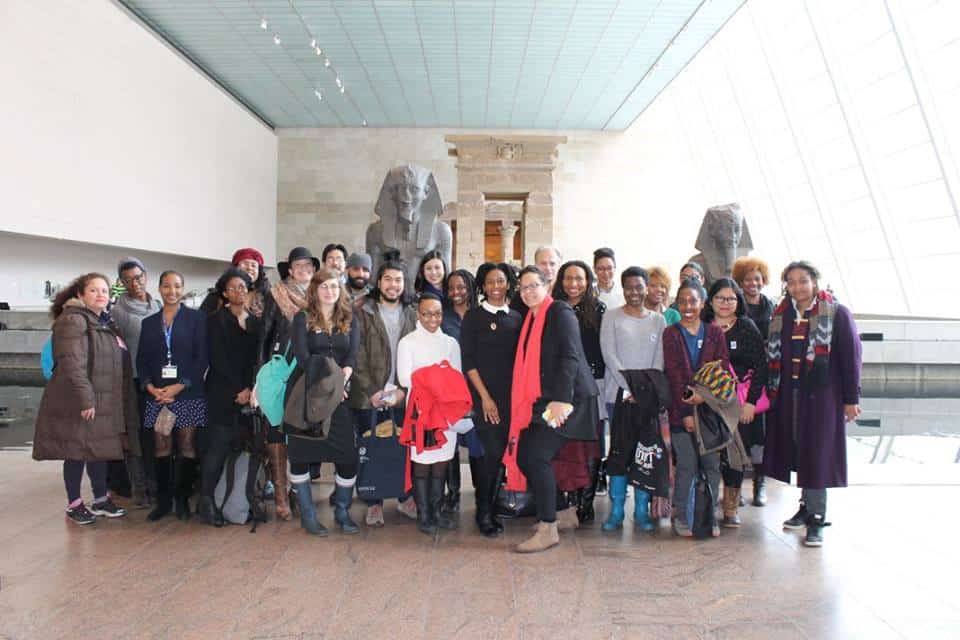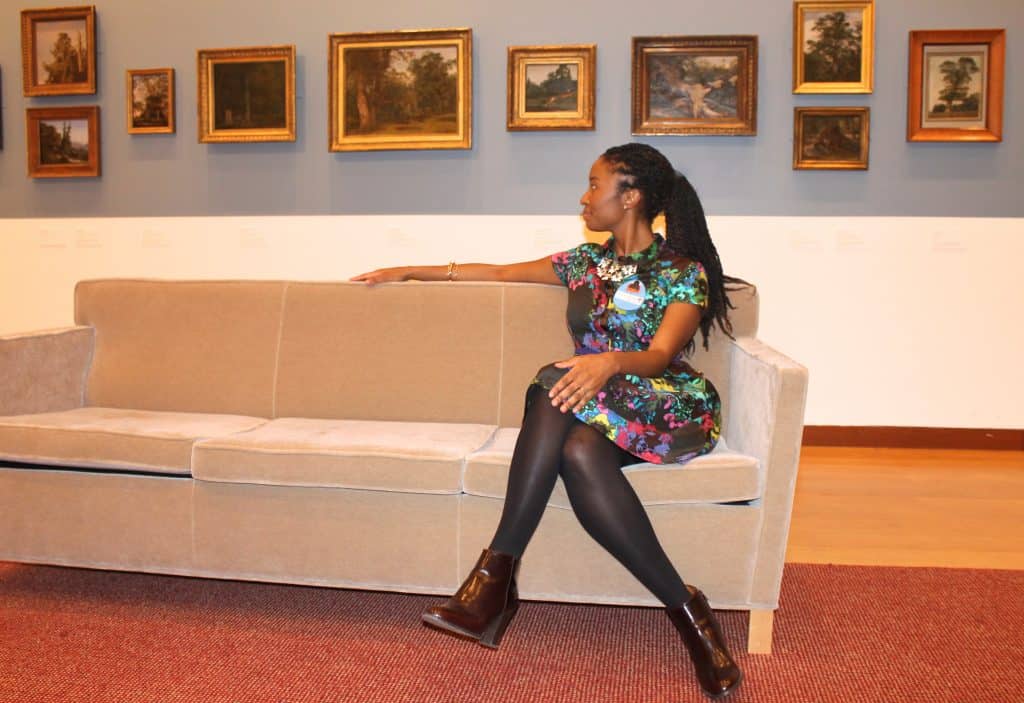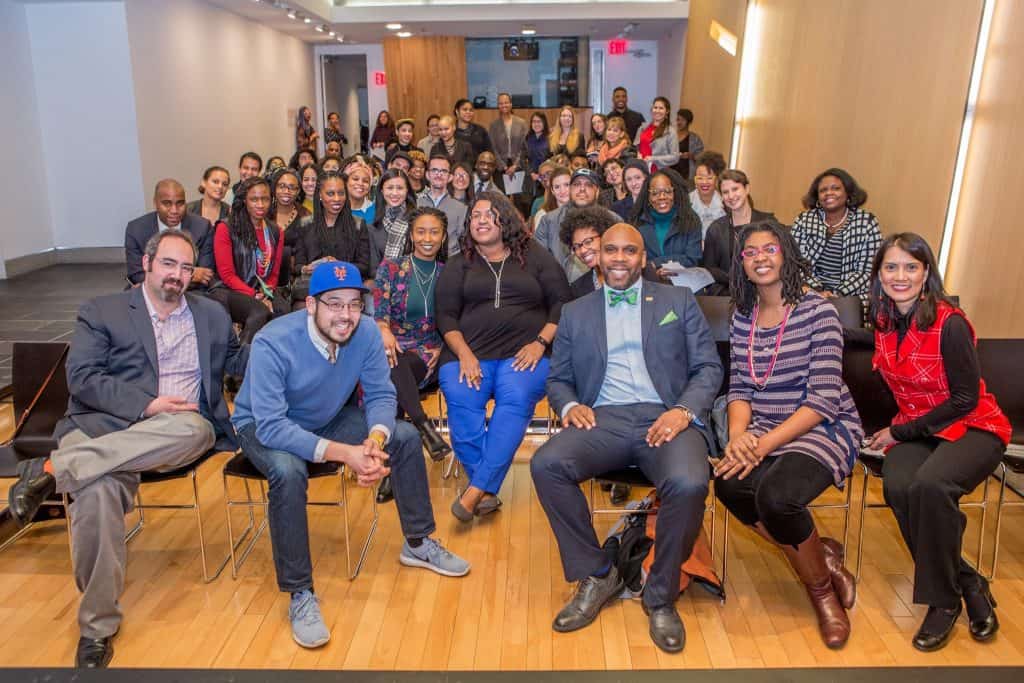
Tell Us About Yourself
I was born in New York City to Caribbean parents. My mother is from Jamaica and my father from Trinidad & Tobago. Growing up in East Flatbush, Brooklyn (home to one of the largest Caribbean communities in the world outside the region) gave me a deep appreciation for the cultures that thrive throughout the neighborhood. My parents made sure that I remained connected to my heritage through the food; visits to their home islands, literature about the Caribbean, and participation in our local church which is largely made up of people from Jamaica, Trinidad, and other Caribbean islands.
My love for the arts began when I was very young and my parents always encouraged my interests. I took visual art, piano, ballet, African dance and tap lessons. And later as a teen, I received a professional camera to support my amateur photography. After high school, with my parents support, I studied Art History as an undergrad and Cultural Heritage and Preservation Studies. My entire career has been in museums and other cultural institutions. As a result of my experiences I also have the opportunity to consult for museums within the Caribbean, which I am very excited about. Most recently I co-curated Walcott House in Saint Lucia, the childhood home of Derek and Roderick Walcott – influential Caribbean visual artists, poets, and playwrights as well as wrote the script for the historic house’s tour guides.
What is Museum Hue?
I am Co-Founder and Creative Director of Museum Hue, an organization that works to increase diversity in patrons, professionals, and cultural producers in the creative economy. We produce and present arts and cultural experiences throughout the United States and abroad. We are the intermediaries serving artists, arts organizations, and neighborhoods worldwide. Museum Hue began in February 2014 and it was founded out my infatuation and frustration with museums. I am in love with museums and know plenty about them, but I’m well aware that many of them, don’t love me the same way they love others.
What’s the best part about running Museum Hue?
Getting to meet so many brilliant creatives of color, without Museum Hue I may have never met. Also, working with people who diligently work to change the culture of the field.
And what’s been the most challenging part?
Constantly planning and executing events and programs because there are so many moving parts: planning themes, securing the space, booking speakers, getting vendors, inviting/reserving guests and there is still work to do once the event is over.
What does it mean to be a cultural entrepreneur and why did you choose it?
Cultural entrepreneurs are change agents who produce cultural and social capital and present solutions that enhances the quality of life for a targeted audience and increases value to creative producers.
I am interested in boosting the visibility of arts created by African-American, Latino, Chicano, Caribbean, Asian, Arabic,Native American, and other cultural groups to disrupt the Western canon’s hierarchy of what can be art, and introducing the field to diverse audience to participate and become arts patrons.
Is there enough interest in the arts in young students of color?
Museum Hue recently created Museum Girls World to introduce young women of African-American, Latino, Chicano, Caribbean, Asian, Arabic, Native American descent to visit museums and consider the arts as a career. This was launched during Women’s History Month. We joined the nationwide campaign, spearheaded by Smithsonian Museum Day Live, to reach out and invite women and girls from these communities to experience museum spaces. We are doing our part to bridge audiences and make museums come alive for younger visitors. They experience these spaces beyond school trips but with friends and family, exploring and creating lasting memories. This program is ongoing and we are creating future arts and culture professionals.
One thing you wish you knew before becoming an entrepreneur?
There will be days where you feel burned out and unproductive. I think that people already know that entrepreneurs have long nights, work weekends and may even have some days where they don’t sleep at all but there will also be times that you feel like you’re giving your all with little results
How do you stay motivated when you experience challenges?
Honestly, my family are my biggest supporters and I lean on them heavy. The Museum Hue community has become a force and they inspire me to keep trucking forward. Also, I inspire me, I want to be a spark. A small fiery particle. I don’t believe in being a speck. A spark and a speck are both very small but a speck can be swept up and discarded. A spark can set something ablaze, start a massive fire. That spreading fire to me is the community coming together, lifting up others, being bold and brave. That fire that will continuously spread and is almost impossible to extinguish.
What’s your biggest accomplishment since starting Museum Hue?
Creating Hueniversity which is the Professional Development arm of Museum Hue. Hueniversity offers many workshops and courses on writing, branding, and other topics to help Hue’rs become gainfully employed in the field; work with museums and other cultural institutions to change the internal culture of the organization.
What plans or initiative(s) are you looking forward to?
I am looking forward to assisting the City University of New York form an Arts Initiative. As a CUNY alum, I know how critical it is and I am thrilled Museum Hue will play an intricate part. Separate from Museum Hue, I am working on creating works, programs, and events surrounding an exhibition at the African American Museum in Philadelphia that celebrates the 40th anniversary of Ntozake Shange’s “For Colored Girls Who Have Considered Suicide/When the Rainbow is Enuf.” This is a huge honor for me.
[Tweet “Failure is inevitable but what you do after you’ve failed is essential. ~ Stephanie Cunningham”]
What’s the biggest lesson you’ve learned about success and failure?
I’ve learned that each day that you work towards your goal is success. When you define success based on external and not the internal, you diminish satisfaction and your progress. I’ve also learned that “failure” is inevitable but what you do after you’ve failed is essential.
In what way has your Caribbean Culture contributed to your success?
There’s a saying that comes out of Jamaica that sticks with me, it is “Likkle but wi Tallawah” which means strong and not to be underestimated. That is exactly how I feel about my work. Many in the field have also come to realize that about me.
I’ve always been aware of the amazing contributions that people of Caribbean descent have made throughout the world. And I knew that as a first generation Caribbean American I looked to them for guidance. I want to highlight creatives of Caribbean descent and show how Caribbean culture is expressed through their various practices. The culture, food, music, and carnivals that abound in the region are consumed worldwide but there is more than what meets the eye.
[Because] I am doing what I love, I can’t fail. My success, “my riches is life” – Bob Marley
[Tweet “Each day that you work towards your goal is success. ~Stephanie Cunningham”]
Connect with Museum Hue
@Museumhue – Twitter | Facebook | Instagram
